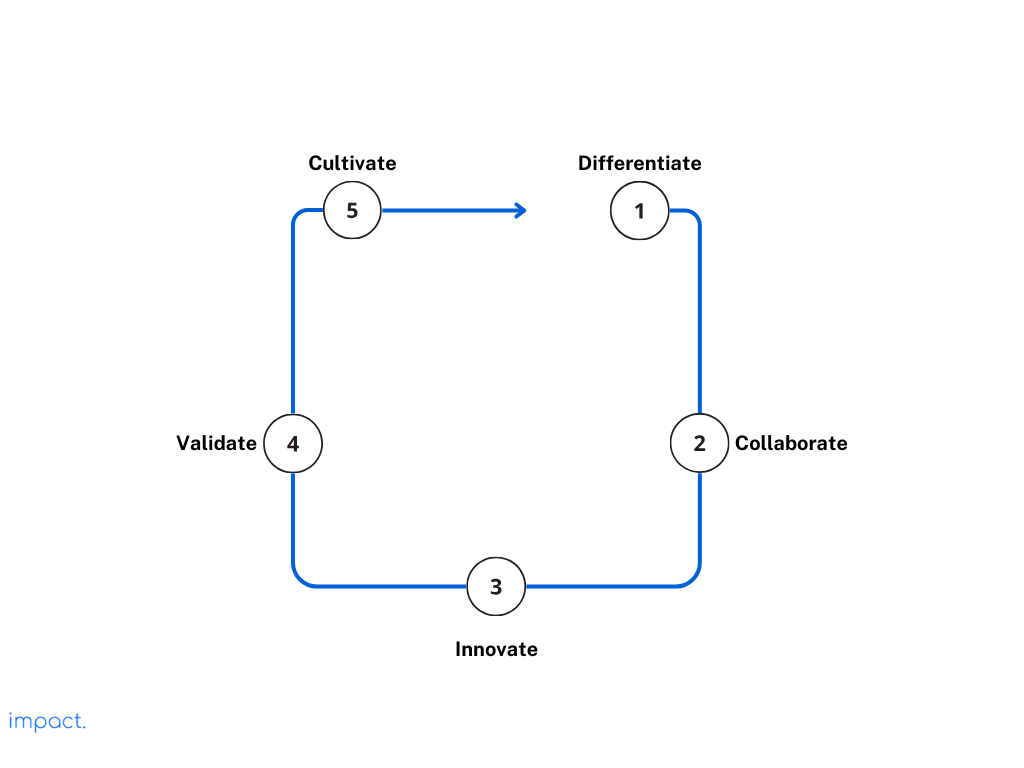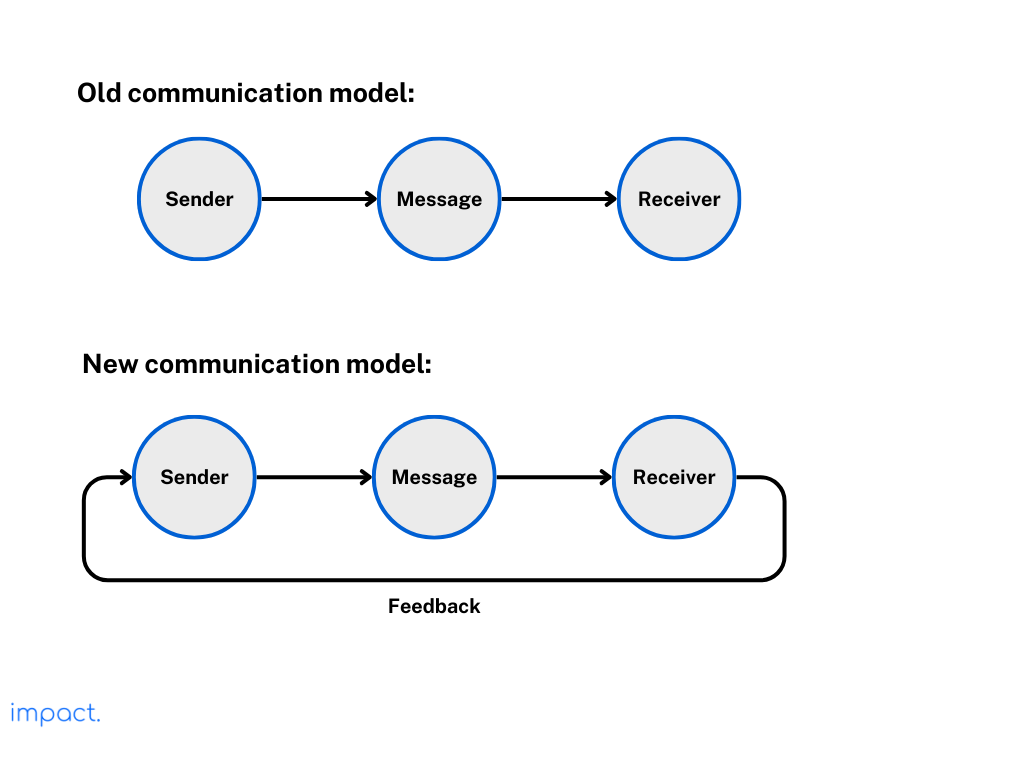Kanban: Definition, 6 Rules, and its Benefits
Kanban is a crucial part of the Just in Time (JIT) system, which we discussed…
Sean Thobias
May 17, 2025Today, we’ve shifted from mass production to mass customization, and our choices have multiplied, making us information-rich but time-poor. As a result, the old method of comparing features and benefits no longer suffices.
When a brand is well-known and has a positive image, people are more likely to trust it. However, building a strong brand is not an easy task. Using Marty Neumeier’s five branding disciplines from his book, “The Brand Gap,” this article aims to help you create a successful brand by understanding what a brand is and how to brand your product correctly.
According to Neumeier, a brand isn’t just a logo or product; it’s how someone feels about a product, service, or company. This feeling is rooted in our emotions and intuition, shaped by individuals rather than companies, markets, or the general public.
Businesses can’t completely control this process; they can only shape it by highlighting what makes their brand special. A brand is like a common idea in society – for example when we think of smartphones, we usually link brands like Apple or Samsung with that type of product.
Brand strategies often fall into two camps: analytical marketers and emotional creatives. This divide, known as the brand gap, is the distance between a company’s brand strategy and creativity.
Bridging this gap results in a charismatic brand, where communication is clear and powerful, quickly reaching people without distortion or confusion. Such brands, highly valued by consumers, often lead their categories with significant market shares and the ability to charge premium prices, making them less likely to be seen as generic products.

When building your brand, ask three key questions:
Our brains naturally pay attention to variations in what we see, whether big or small, like light and dark, rough and smooth, or stillness and motion, to make sense of things. Being unique helps your brand grab attention and stand out in information overload.
Modern marketing builds a tribe, shifting focus from product attributes to user experience and personal identity. While features and benefits matter, your sense of self precedes today’s marketing landscape.
Brands don’t just appear on their own; they come from the efforts of many people over a long time. Building a brand involves executives, marketers, and experts like strategy consultants, designers, advertisers, researchers, PR professionals, and more.
Here are three basic models for brand collaboration:
One firm handles most communication. It’s convenient because it keeps the message consistent and makes management more accessible for the client.
However, the downside is that the different services may not be the best, and the company gives control of the brand to one firm.
This model is like a one-stop shop. The agency takes charge of the project and can also act as a contractor, with other firms serving as subcontractors.
This approach has benefits like delivering a consistent message across various media and the flexibility to collaborate with top-notch specialists. However, a downside is that the brand agency holds more control over the brand than the client company.
Branding is an ongoing effort that a company should manage internally. The company engages directly with them instead of relying on various niche agencies or freelancers.
This approach offers benefits such as maintaining a consistent message across different media, the flexibility to collaborate with specialists, and having internal control over brand knowledge. However, a downside is the need for a robust internal team to operate an integrated marketing approach effectively.
Read more: Retail Advertising: 6 Simple Steps and its Best Practices
Many ads fail to connect emotionally with readers today, and the issue lies not in brand strategy but in execution — specifically, creativity. Creativity is the elusive element in the branding mix, often described as magic rather than logic, igniting passion in customers.
Creativity isn’t about starting from scratch but approaching things with a fresh perspective. Successful creative thinkers often opt for the “MAYA” principle – choosing the Most Advanced Yet Acceptable option.
Here are ways to be more innovative in your branding:
Embrace innovation fearlessly by choosing the MAYA option for ongoing progress. Innovative ideas may seem risky or unconventional, challenging the status quo, and might initially feel unsettling.
Disruption is part of the package, introducing new ways of thinking or doing things. Don’t be afraid — true innovation often demands stepping out of comfort zones and embracing uncertainty.
Customers always look for easy ways to recognize, remember, discuss, and compare brands. A brand’s most valuable asset is often its name, playing a crucial role in standing out and gaining acceptance.
When creating a brand name, keep these seven criteria in mind for success:
A brand icon is the name and symbol that show where a brand stands in the market. An avatar icon acts like the brand’s alter ego, able to move or change.
In today’s digital world, branding is more than just putting a logo on things. It’s about keeping up a conversation between the company and its audience across different platforms. Icons and avatars adapt to this by stepping out of traditional print and engaging with people wherever they are.
According to a study by POPAI (Point of Buy Advertising International), 76% of purchasing decisions happen in-store. When competing products surround customers, their initial preferences and memories of past ads take a back seat as products vie for their attention.
Customers follow a specific order when processing messages based on the product, and messages presented out of order are often ignored. The usual sequence is as follows:
Adequate packaging relies on clear communication, evoking emotions, and maintaining a natural flow when presenting information — principles that are universally applicable to all forms of brand design.
Communication in the olden days was like a one-way street – sender, message, receiver. However, it’s outdated because real communication goes both ways; you need to know how your customers respond.

Transform the monologue into a dialogue by adding a crucial step: feedback. Each round in the feedback loop strengthens and sharpens communication.
Gain feedback on your creative ideas before launching them with these tests:
Try replacing a part of your icon, like your name or a picture, with something from a competitor.
If theirs looks better or just as good, you can improve. If theirs looks worse than yours, then you’re good as you are.
Try the hand test as a variation of the swap test to quickly assess the impact of ads, brochures, and web pages. Cover the icon in your marketing material and see if you can identify the creator.
If you can’t, your communication lacks strength; it should distinctly represent your brand, allowing people to recognize it by its voice, look, and feel.
A simple concept test makes developing names, symbols, icons, taglines, and brand promises easier. It focuses on two key things: getting the right idea and getting it right.
To test your concept, make prototypes of the brand element and show them to at least ten people who are not company insiders. Ask them questions like:
For the best feedback, test prototypes in real situations. If your prototype is supposed to be in a shop, test it there. If a product is intended for packaging, test it next to similar items in packaging.
When conducting on-field tests, focus on five critical elements of brand expression:
Read more: Unlocking Growth: 19 Traction Channels for Business Success
Thriving businesses stay successful by staying flexible and evolving with market, industry, economic, and cultural shifts. Instead of sticking to rigid structures, they act more like living entities, adjusting, growing, dividing, and combining as required.
In contrast to the traditional corporate focus on uniformity and consistency, the modern approach to branding values vitality and dynamism over strict adherence to sameness.
A Lucidpress study reveals that keeping your brand consistent on all platforms can boost revenue by up to 23%. Maintaining a uniform brand image, message, and voice enhances recognition, helping your brand stand out in the competitive marketplace.
Think of your brand like a person: you can change its appearance, not its core traits. Instead of focusing on controlling the visual aspect, embrace a new approach that influences the character of your brand. This approach guarantees consistency in the eyes of your customers, aligning behavior with the overall brand image.
Once you’ve sorted out the details, worked together, come up with new ideas, and confirmed everything, it’s time for each employee to get their own sturdy set of thoughts about what the brand is and how it works.
Branding is something you can learn, teach, copy, and nurture. Ongoing education programs help align everyone in the company, while seminars, workshops, and critiques ensure that outside partners stay in harmony.
As your brand grows, it becomes more vulnerable. A failed launch, unclear brand focus, or any hint of scandal can harm credibility and lower brand value. In today’s globalized world, bad news spreads quickly and widely.
Constantly renew corporate memory for long-term brand success. Implement a brand education program, involve the creative network, and consider a Chief Brand Officer (CBO) to bridge logic and magic, strengthening the brand connection.
Solving the brand gap means finding the right balance between brand strategy and creativity for businesses. The five branding disciplines discussed here form a virtuous circle, boosting your brand value and leading to a sustainable competitive advantage.
Integrating software with customer relationship management (CRM) capabilities can simplify your brand-building process. These tools centralize your customer data, ensuring a consistent brand image and enabling agile strategy adjustments for a strong market presence.
Neumeier, M. (2006b) The Brand Gap: How to Bridge the Distance Between Business Strategy and Design : a Whiteboard Overview. Peachpit Press.
Impact Insight Team
Impact Insights Team is a group of professionals comprising individuals with expertise and experience in various aspects of business. Together, we are committed to providing in-depth insights and valuable understanding on a variety of business-related topics & industry trends to help companies achieve their goals.
Ask about digital transformation, our products, pricing, implementation, or anything else.
We are excited to be part of your transformation journey from day one.